I need to split an RGBA image into an arbitrary number of boxes that are as equally sized as possible
I have attempted to use numpy.array_split, but am unsure of how to do so while preserving the RGBA channels
I have looked the following questions, none of them detail how to split an image into n boxes, they reference splitting the image into boxes of predetermined pixel size, or how to split the image into some shape.
While it seems that it would be some simple math to get number of boxes from box size and image size, I am unsure of how to do so.
How to Split Image Into Multiple Pieces in Python
Cutting one image into multiple images using the Python Image Library
Divide image into rectangles information in Python
While attempting to determine the number of boxes from pixel box size, I used the formula
num_boxes = (img_size[0]*img_size[1])/ (box_size_x * box_size_y)
but that did not result in the image being split up properly
To clarify, I would like to be able to input an image that is a numpy array of size (a,b,4) and a number of boxes and output the images in some form (np array preferred, but whatever works)
I appreciate any help, even if you aren't able to provide the full method, I would appreciate some direction.
I have tried
def split_image(image, n_boxes):
return numpy.array_split(image,n_boxes)
#doesn't work with colors
def split_image(image, n_boxes):
box_size = factor_int(n_boxes)
M = im.shape[0]//box_size[0]
N = im.shape[1]//box_size[1]
return [im[x:x+M,y:y+N] for x in range(0,im.shape[0],M) for y in range(0,im.shape[1],N)]
factor_int returns integer as close to a square as possible from Factor an integer to something as close to a square as possible


 ] [
] [ ]
]